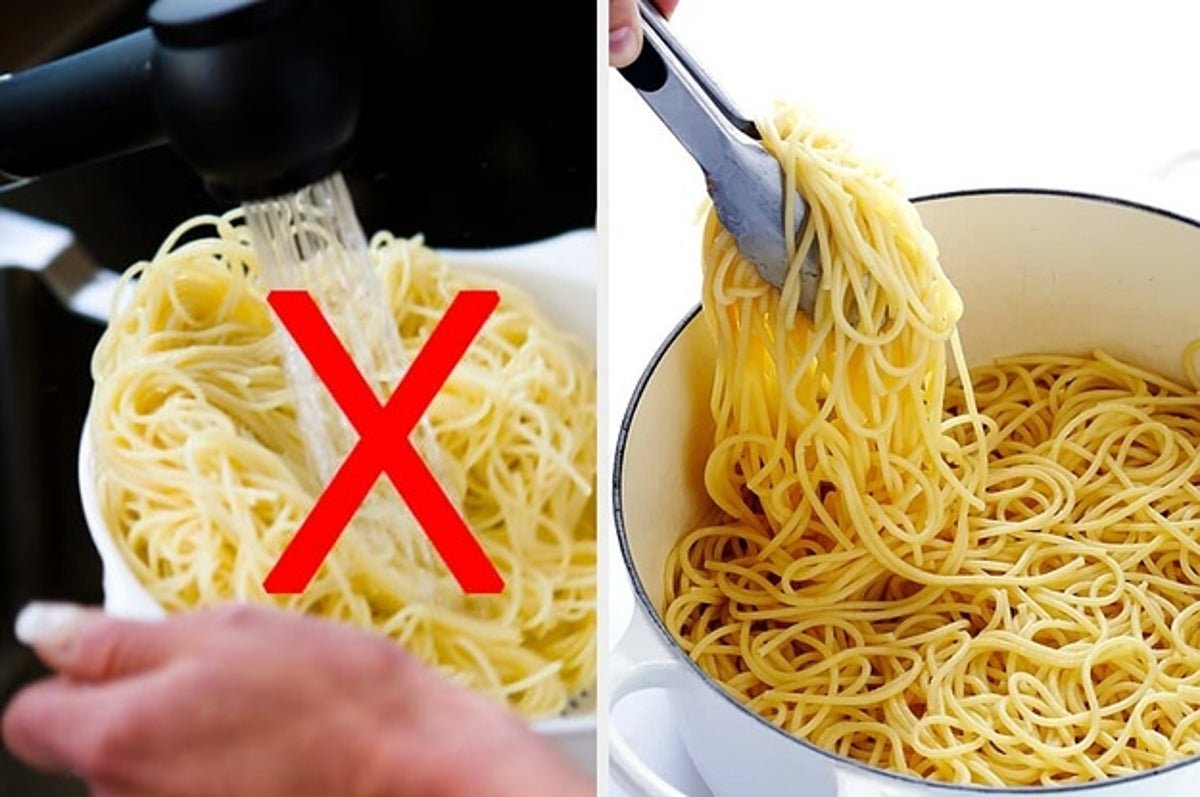Pasta is a beloved dish worldwide, from comforting spaghetti to rich lasagna. However, achieving perfectly cooked pasta can sometimes be tricky. It requires the right techniques to ensure it’s tender but not mushy. Fortunately, with a few tips, you can easily cook pasta to perfection every time. In this article, we’ll explore the essential secrets to making perfect pasta, from choosing the right type to knowing the best cooking methods.
Choose the Right Type of Pasta
Different pasta shapes work best with different sauces and dishes. It’s essential to pair the right pasta with the right sauce for optimal flavor and texture.
For example, spaghetti and linguine are great with light sauces like marinara, while shapes like penne or rigatoni work better with thicker sauces, like a chunky bolognese. Similarly, delicate pastas like farfalle or angel hair pair well with lighter, oil-based sauces. Therefore, understanding the type of pasta and the sauce it complements is key to creating a balanced dish.
Use Plenty of Water
When cooking pasta, one of the most common mistakes is using too little water. Pasta needs plenty of room to cook properly. For every pound of pasta, use at least 4-6 quarts of water. This ensures that the pasta can move around freely and cook evenly.
In addition, adding salt to the water is essential. It enhances the pasta’s flavor and prevents it from becoming bland. Use about 1-2 tablespoons of salt per gallon of water. This is especially important for long cooking pasta like spaghetti or fettuccine, as it absorbs the water’s seasoning during cooking.
Bring Water to a Boil Before Adding Pasta
Always bring the water to a rolling boil before adding pasta. If the water is not boiling, the pasta will cook unevenly, becoming soft and mushy instead of firm and al dente. Once the water is boiling, add the pasta and stir immediately to prevent clumping. Continue boiling at a high temperature throughout the cooking process.
If you’re cooking fresh pasta, be mindful that it cooks faster than dried pasta. Fresh pasta typically cooks in 2-4 minutes, while dried pasta can take 8-12 minutes, depending on the shape.
Stir Occasionally
To prevent pasta from sticking together, stir it occasionally during cooking. Stirring helps separate the pasta strands, especially in the early stages. This is crucial for long pasta like spaghetti or fettuccine. Moreover, be gentle when stirring delicate shapes like ravioli to avoid breaking them.
The stirring should be gentle and consistent, ensuring that pasta pieces do not stick to the bottom of the pot.
Taste for Doneness: Al Dente is Key
Al dente is the gold standard when it comes to pasta doneness. This means the pasta is firm to the bite but not hard. To achieve this, check your pasta 1-2 minutes before the recommended cooking time. Taste a piece of pasta to see if it’s done. The best pasta should have a slight bite to it, without being hard in the center.
Additionally, when cooking pasta for a dish that will be baked or tossed with a sauce, it’s a good idea to undercook it slightly. The pasta will continue to cook when mixed with the sauce or baked in the oven.
Reserve Pasta Water
Before draining your pasta, always reserve a cup of pasta water. This starchy water can be used to adjust the consistency of your sauce. If your sauce is too thick, adding a bit of pasta water helps thin it out without losing the flavor or texture.
Moreover, the starchy water helps the sauce cling better to the pasta. Simply stir the pasta and sauce together with a bit of the reserved water to create a silky, well-coated dish.
Drain and Combine Immediately
Once your pasta is cooked to al dente perfection, drain it immediately in a colander. Do not rinse the pasta, as rinsing removes the starch that helps the sauce adhere.
After draining, transfer the pasta directly into your sauce or a pan to combine. Toss the pasta in the sauce over low heat to allow the flavors to meld. For added richness, you can finish the dish with a splash of olive oil, butter, or grated cheese.
Finish with Fresh Herbs and Cheese
To elevate your pasta dish, finish it with fresh herbs and a generous sprinkle of cheese. Basil, parsley, and thyme work well for Italian pasta dishes, while Parmesan or Pecorino Romano adds a salty, savory note.
Cheese can be added to the pasta before serving, allowing it to melt slightly. A squeeze of lemon or a drizzle of extra virgin olive oil can also enhance the flavor and add brightness to the dish.
Experiment with Different Sauces
While knowing how to cook perfect pasta is crucial, the sauce plays an equally important role. There are countless pasta sauce options, from simple tomato-based sauces to creamy Alfredo or pesto.
For a traditional Italian experience, try making a marinara sauce or a meat-based ragu. For something lighter, toss your pasta with a garlic and olive oil sauce or a fresh tomato and basil combination. If you’re craving something rich, Alfredo sauce or a carbonara will offer the creamy texture and flavor you desire.

Conclusion
Perfect pasta cooking comes down to a few simple secrets. By choosing the right pasta, using plenty of water, and cooking it to al dente perfection, you can achieve the ideal texture every time. Additionally, adding pasta water to your sauce and finishing with fresh herbs or cheese will elevate the flavor. Whether you’re making a quick weeknight dinner or a special Italian feast, these techniques ensure that your pasta will always be a hit. Therefore, perfect pasta is easy to achieve with the right methods and a little attention to detail.




